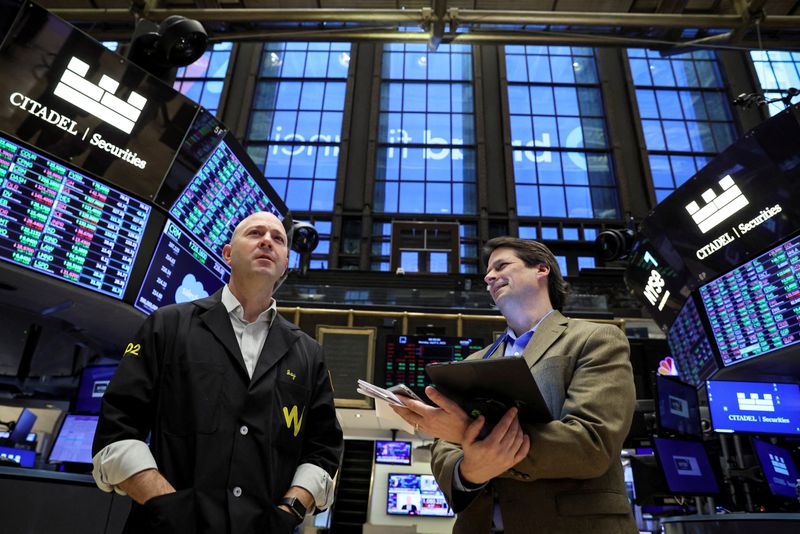Strategists at Gavekal Research highlighted the unusual trend of US asset prices rising despite contraction in the money supply, a departure from the typical correlation in which excessive money supply growth favors rising asset prices.
Although the traditional bond is showing signs of weakening, US stock prices, as well as other assets such as gold, cryptocurrencies and industrial metals, continue to rise.
The research firm suggests that asset prices may be influenced by non-monetary factors. For example, the stock has been supported by factors such as the adoption of artificial intelligence, which has boosted corporate earnings.
A prime example is Nvidia’s (NASDAQ:) recent earnings increase, indicating that the artificial intelligence boom is continuing.
Unlike in the early 2000s, US technology companies currently do not appear to have plans for excessive capital expenditures.
Gold prices have also risen since February, driven by demand from countries with loose monetary policies, unattractive real estate sectors or geopolitical motives to diversify into US dollar-based assets.
Industrial metals are in increased demand due to the growth of artificial intelligence data centers and the need to expand the global electrical grid.
Cryptocurrencies have seen gains, partly due to regulatory approvals for bitcoin and ether exchange-traded funds, which are expected to expand the investor base.
The introduction of gold ETFs in 2004 had a similar effect, increasing accessibility to retail investors and subsequently driving up gold prices.
What about other macro drivers?
Macro factors also influence the US money supply and market dynamics.
“However, RRP outflows have decreased over the past few months, suggesting that a temporary equilibrium has been reached,” Gavekal strategists noted.
“If this is the case, then this liquidity boost for markets may be coming to an end. Even if RRP outflow resumes, there will only be US$496 billion left to use.”
However, the market is expecting an easing of US monetary policy as the Federal Reserve intends to reduce the pace of quantitative tightening starting next month, which could lead to a resumption of money supply growth.
Investors are now faced with the possibility that asset prices could decline if the driving forces supporting them weaken, especially as most asset prices have shown signs of softening in the past few days.
“In fact, with most asset prices down over the past couple of days – with the notable exception of Nvidia shares and Ethereum – one has to wonder if this is already starting to show,” the report noted.


